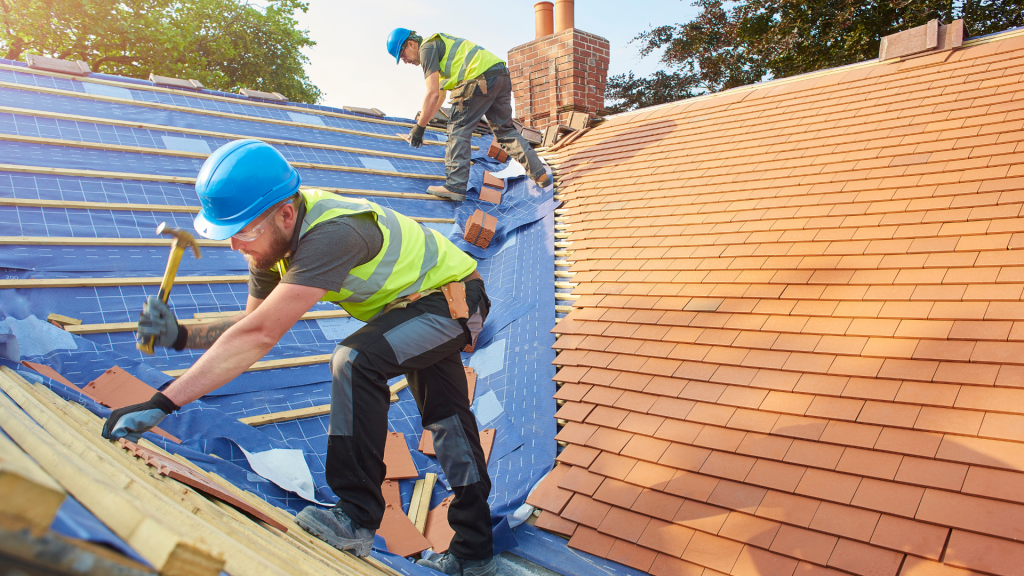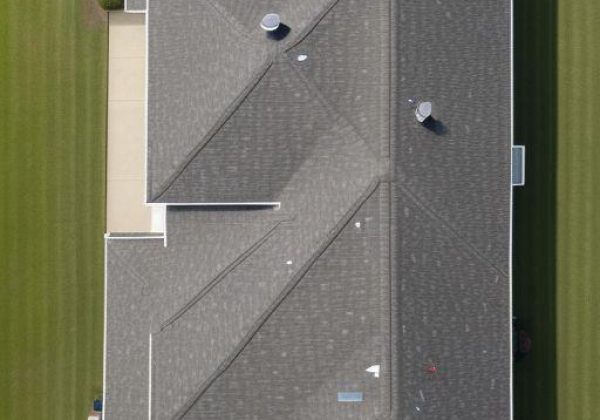How Do I Claim Roof Damage From A Storm?
Introduction
When a storm strikes, it can leave behind more than just fallen branches or flooded streets; it can wreak havoc on your home, especially your roof. The aftermath of a storm often leads homeowners to ponder one pressing question: How do I claim roof damage from a storm? Understanding the claims process is crucial for ensuring that you get the repairs needed without breaking the bank. In this comprehensive guide, we'll explore every facet of claiming roof damage caused by storms, particularly focusing on storm damage roof repair in Lavon Texas.

Understanding Storm Damage
What Constitutes Storm Damage?
Storm damage can come in various forms. It could be hail that shatters shingles, wind that tears sections off your roof, or heavy rainfall that causes leaks and water intrusion. Understanding what qualifies as storm damage is essential when filing a claim.
Types of Storms That Cause Roof Damage
Each type of storm poses unique challenges and potential damages.
Assessing Roof Damage
Inspecting Your Roof After a Storm
The first step in claiming roof damage is conducting a thorough inspection of your roof. Here’s how you should go about it:
- Safety First: Always prioritize safety by using ladders correctly and wearing safety gear.
- Look for Obvious Signs: Check for missing shingles, dents, or cracks.
- Document Everything: Take photos and videos to document the extent of the damage.
Common Signs of Roof Damage
Be aware of these common indicators:
- Leaks
- Missing shingles
- Sagging areas
- Granule loss
How Do I Claim Roof Damage From A Storm?
Now that you have assessed the damage, it's time to navigate the claims process effectively:
Filing an Insurance Claim
The Importance of Timeliness
Filing your claim promptly can significantly impact its success. Most insurance companies have deadlines for claims related to storm damage.
Steps to File Your Claim
Working with Insurance Adjusters
What Does an Adjuster Do?
An insurance adjuster evaluates the extent of damages and determines how scr247.com much payout you’re entitled to receive.
Preparing for the Adjuster's Visit
To make this process smoother:
- Have all documentation ready.
- Be prepared to answer questions regarding the event.
- Don’t hesitate to point out all visible damages.
Choosing a Roofing Contractor
Why Local Contractors are Important
Local contractors understand specific regional weather conditions and building codes better than outsiders, making them invaluable during repairs.
Red Flags When Hiring a Roofer
Be wary of:
- Unlicensed contractors
- Extremely low quotes
- Lack of references or reviews
Understanding Repair Estimates
Components of a Roofing Estimate
Your estimate should include details about:
The Role of Depreciation in Claims
Insurance companies often factor depreciation into their payouts, so understanding how this affects your claim is critical.
FAQs About Claiming Roof Damage from Storms
Q1: How long do I have to file an insurance claim after storm damage?

Q2: Will my premium increase if I file a claim for roof damage?
A: It’s possible that filing a claim may lead to increased premiums; however, this varies by insurer and individual policy terms.
Q3: Can my homeowners' insurance cover temporary repairs?
A: Yes! Most policies will cover emergency repairs made to prevent further damage while waiting for permanent repairs.
Q4: What happens if my claim is denied?
A: If denied, review the reason carefully and consider appealing or seeking legal advice if warranted.
Q5: How long does it take for an adjuster to assess my property?
A: An adjuster typically assesses the property within 24–48 hours after being notified about the claim.
Q6: Is it advisable to hire a public adjuster?
A: Public adjusters can help maximize your settlement but come with fees; weigh this against your situation before deciding.
Importance of Detailed Documentation
Detailed documentation plays an integral role in successfully claiming roof damages caused by storms. Always keep records organized and up-to-date!

Navigating Disputes with Insurers
If disagreements arise during the claims process—such as payout amounts—consider mediation or arbitration as potential solutions before escalating matters legally.
Finalizing Repairs After Claim Approval
Once approved, coordinate with your contractor on timelines for repairs while keeping communication channels open with your insurer throughout this phase.
Conclusion
Claiming roof damage from storms can initially seem daunting but understanding each step simplifies the process significantly. Remember to document everything meticulously, communicate clearly with both insurers and contractors, and don’t hesitate to seek professional advice when necessary—especially considering local expertise like storm damage roof repair in Lavon Texas for optimal results!
By following these guidelines outlined above—alongside addressing frequently asked questions—you'll be well-prepared when disaster strikes again!